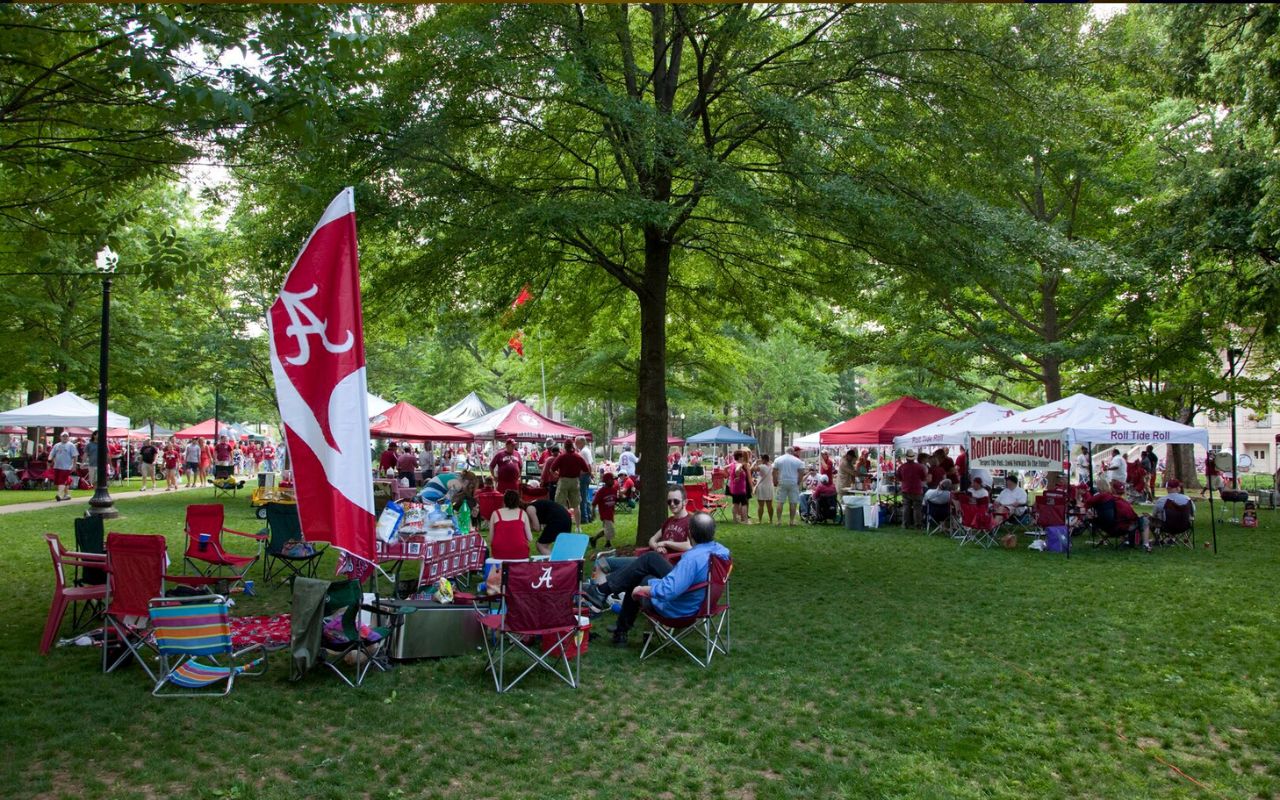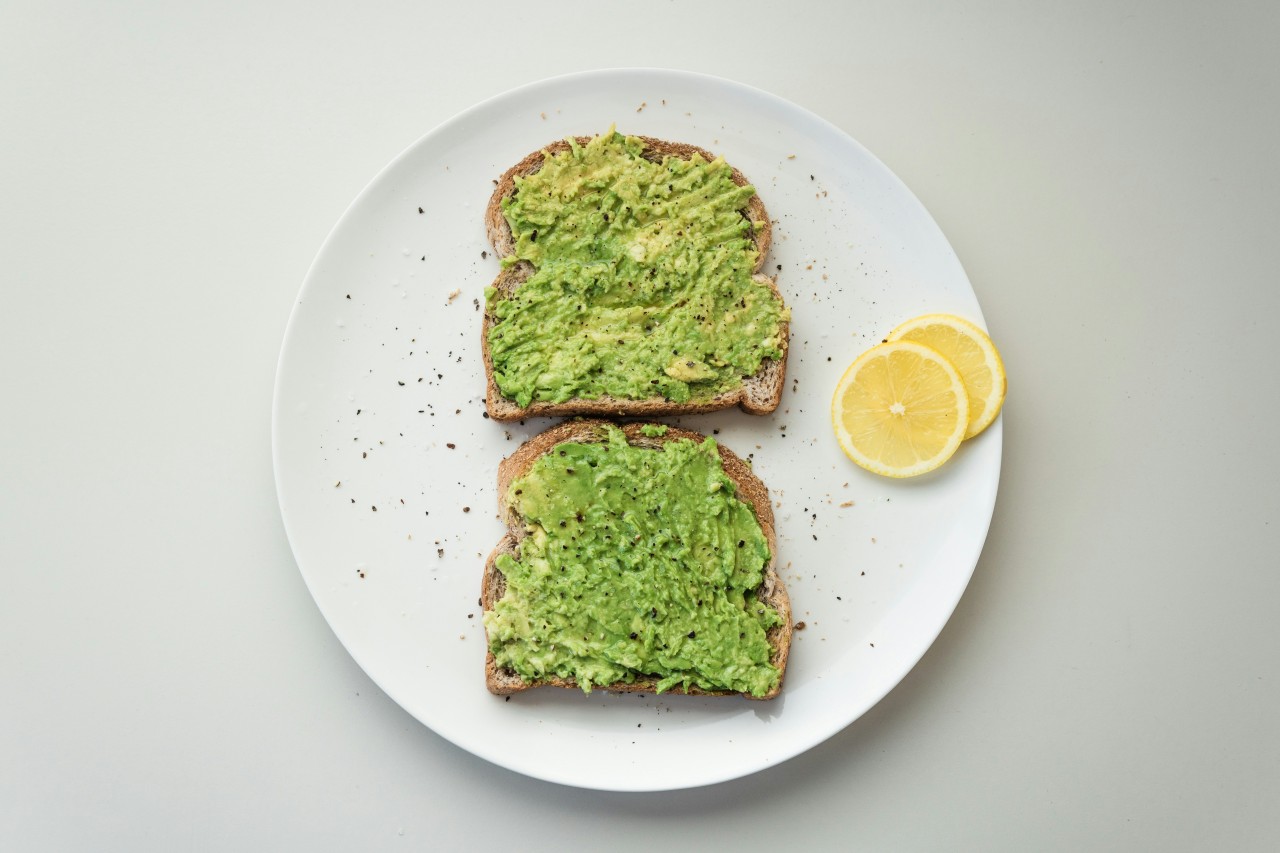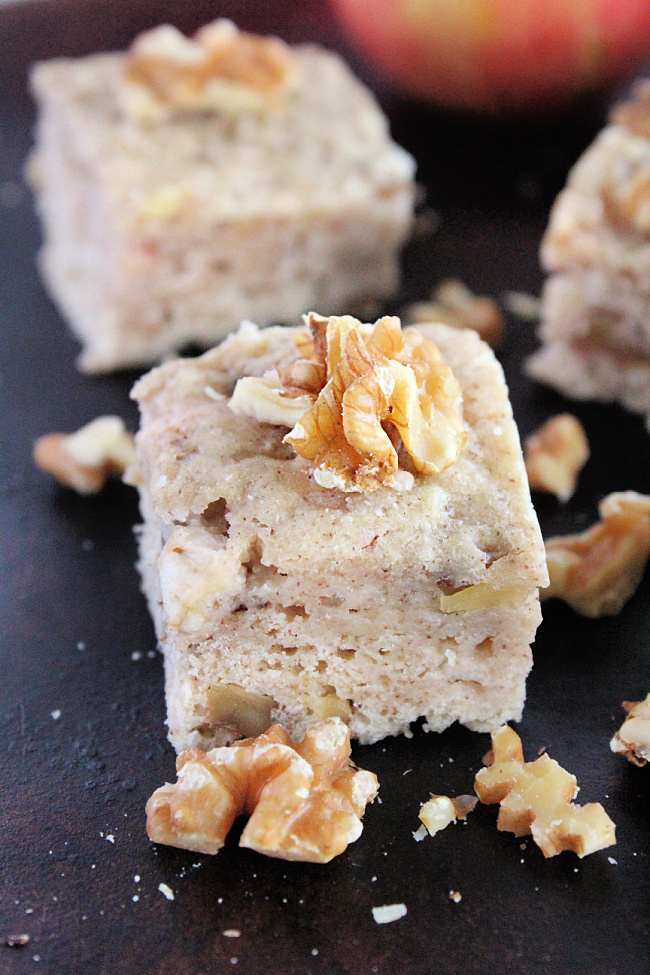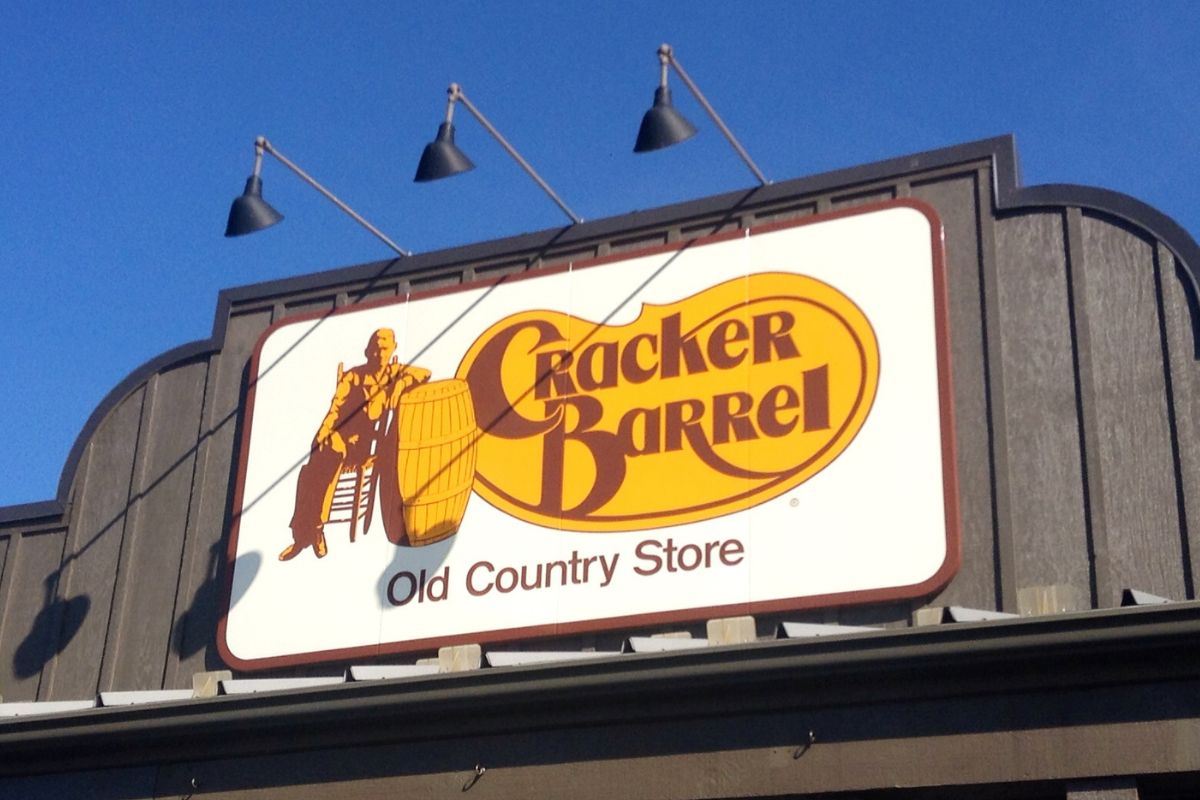9 Regional Beer Labels with Cultural Footprints Quietly Returning In 2025
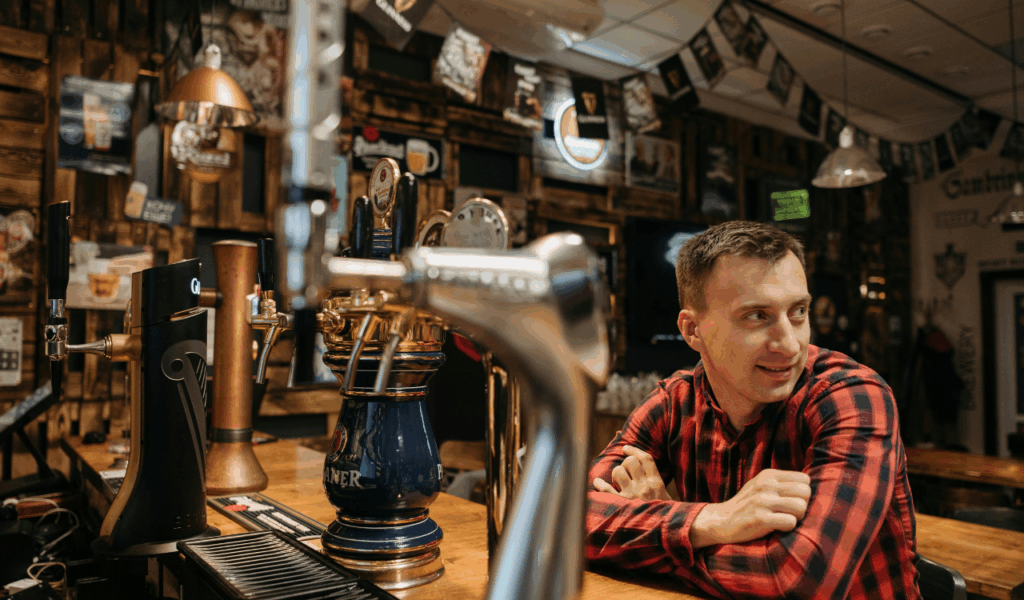
Throughout beer history, regional labels often had a lot of cultural significance. People who grew up with them felt a strong emotional connection to them, and local pride and recipes that were based on terroir were important to them. In 2025, some of these brands, which were mostly forgotten or only available in limited areas, are coming back to stores. They are using nostalgia and a new demand for authenticity to do this. In this article, we’ll talk about nine regional beer brands that are making a comeback, why they matter to culture, what’s behind their revival, and what this trend means for beer culture as a whole.
1. Newcastle Brown Ale (U.K. / U.S.)
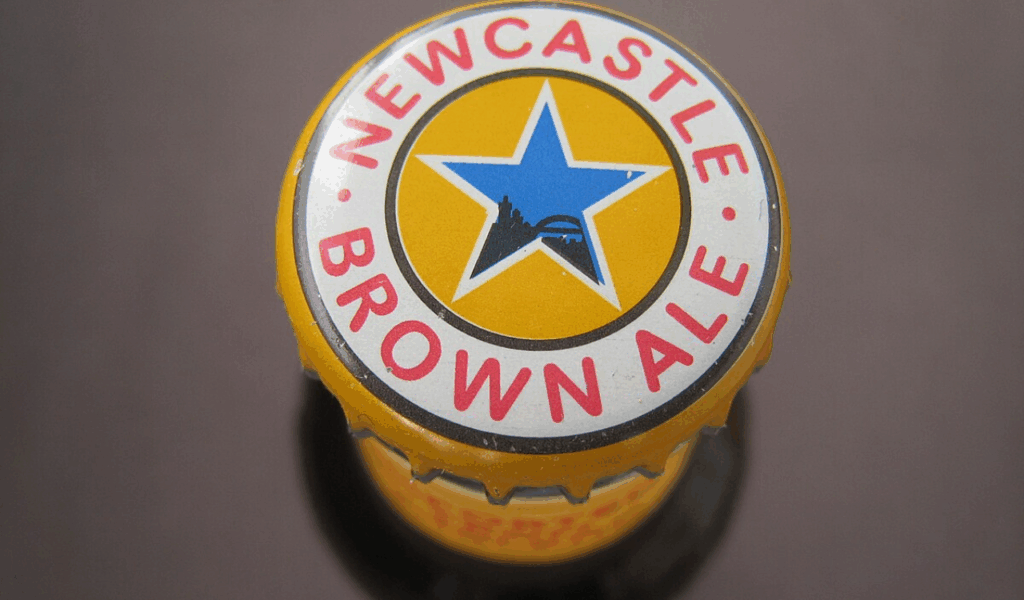
People have long associated Newcastle Brown Ale with Northeast England because of its unique taste and loyal fan base. It left most of the U.S. market in 2019, which made fans outside of Britain sad. In 2025, the original recipe came back to the U.S. market, giving long-time drinkers a taste that was more like the classic one they remember. The brand’s comeback taps into cultural memory, reconnecting its home region with its larger fan base and showing that going back to your roots can be good for business.
2. Boddingtons Cask Ale (North West England)
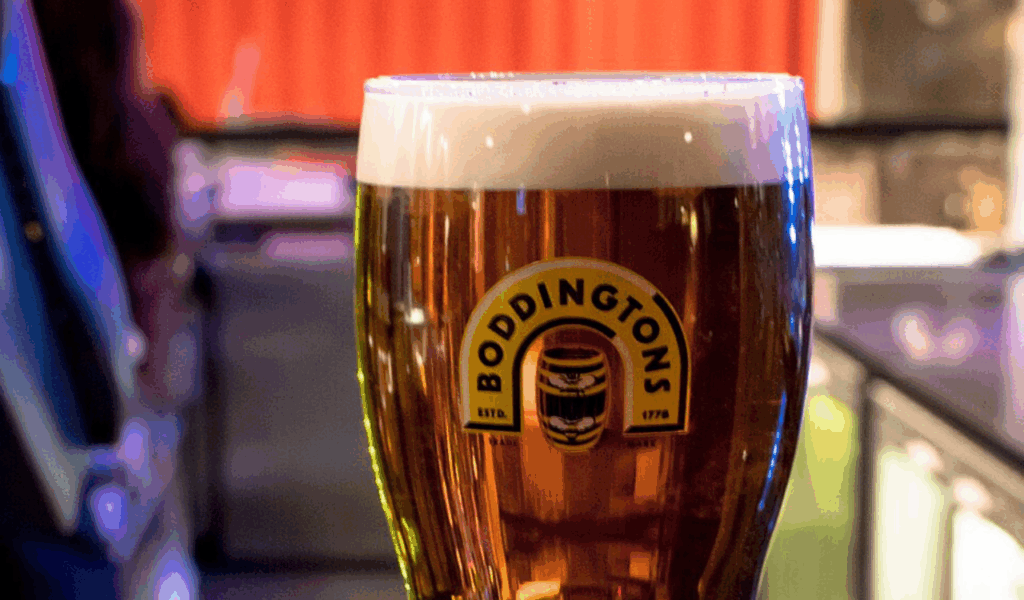
Boddingtons, which were once known as the “Cream of Manchester,” were the most popular beers in northern England. It will be back in some pubs in 2025 after being gone for years, but only under new licensing. When a beer that is closely linked to a city or region comes back, it’s not just about the taste; it’s about reclaiming the local identity. People in Manchester and the surrounding areas who see Boddingtons again will remember the pub culture, the communal gathering, and the proud beer traditions of their home.
3. Double Diamond (U.K.)
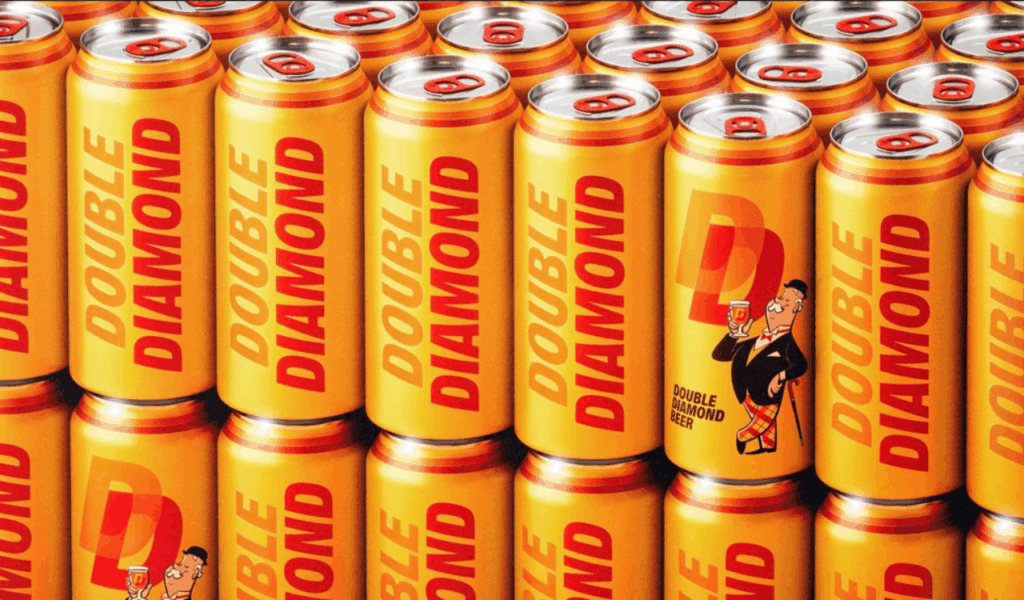
For most of the 20th century, Double Diamond was a popular drink in the UK. It then became less popular. In 2025, UK supermarkets started selling a new version of it, which made people who remembered it from years ago very happy. The fact that it came back shows that even a beer that is popular with the general public can have cultural meaning. People remember its name, taste, and place in society. Bringing it back also shows that beer companies value heritage labels, not just new craft ones.
4. Old Style (Midwestern U.S.)
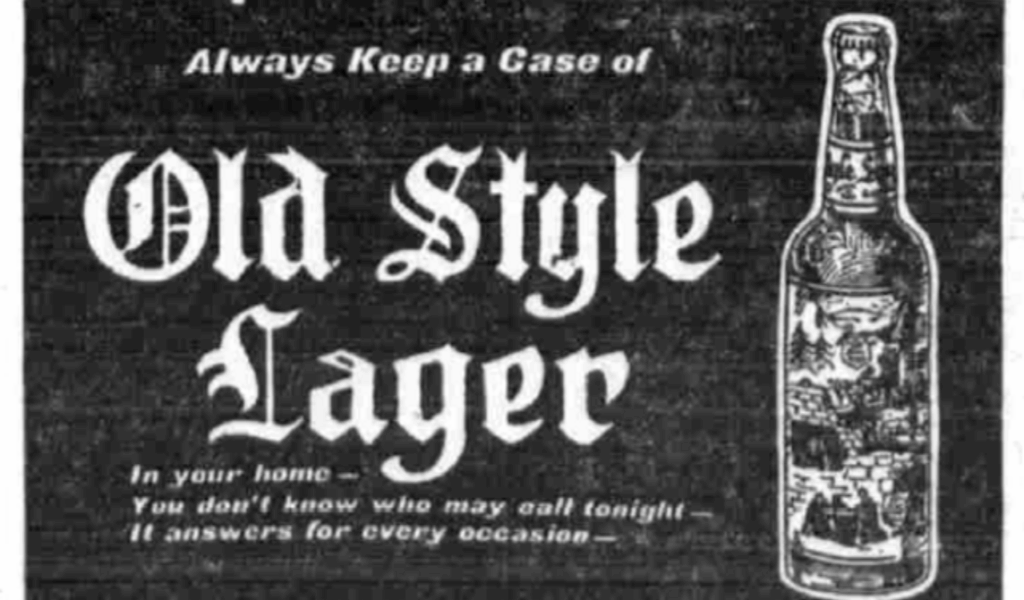
The American Midwest, especially Wisconsin and Illinois, has a long history of making Old Style beer. Even though the way it was made and the way it looked changed over time, recent moves have brought its brewing back to its roots (through contract brewing partnerships). This return is small but important for drinkers who think of Old Style as home, local bars, shared memories of tailgates, and the brewing culture of the Midwest. Bringing back a regional brand like this helps keep the regional beer identity alive, even in a market that is becoming more global.
5. Narragansett Lager (New England, U.S.)
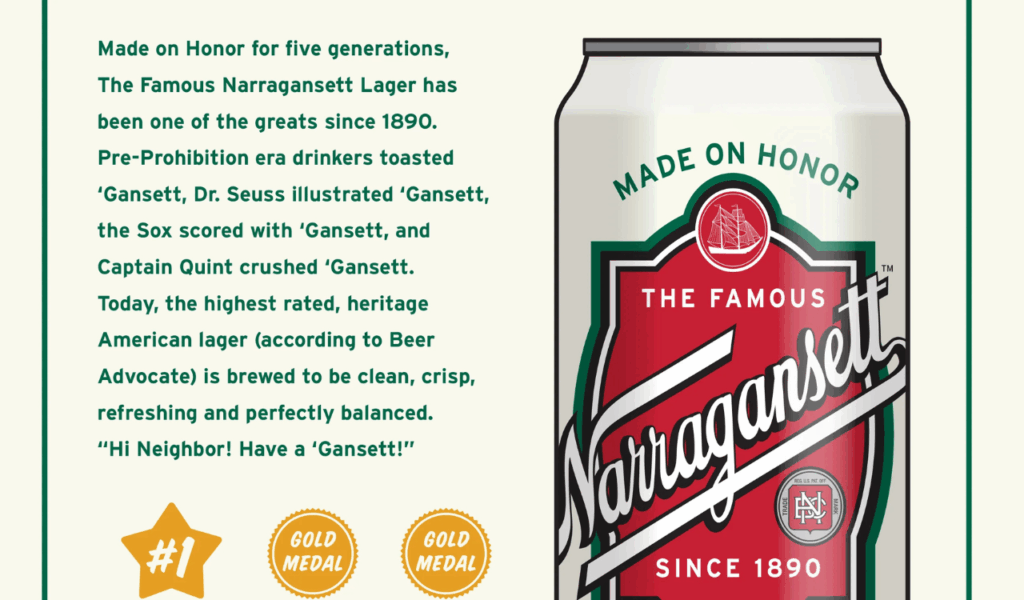
Narragansett Lager is deeply tied to Rhode Island and New England beer culture. Though it never fully vanished, its prominence waned outside local markets. In 2025, the opening of the Narragansett Kitchen & Bar in a major regional airport signals renewed investment in its branding and regional presence. For New Englanders, the label evokes coastal summer days, local brewery lore, and community pride. Its resurgence highlights how regional labels can leverage place-based identity to reconnect with drinkers.
6. Heileman / Contract-Brewed Legacy Brands
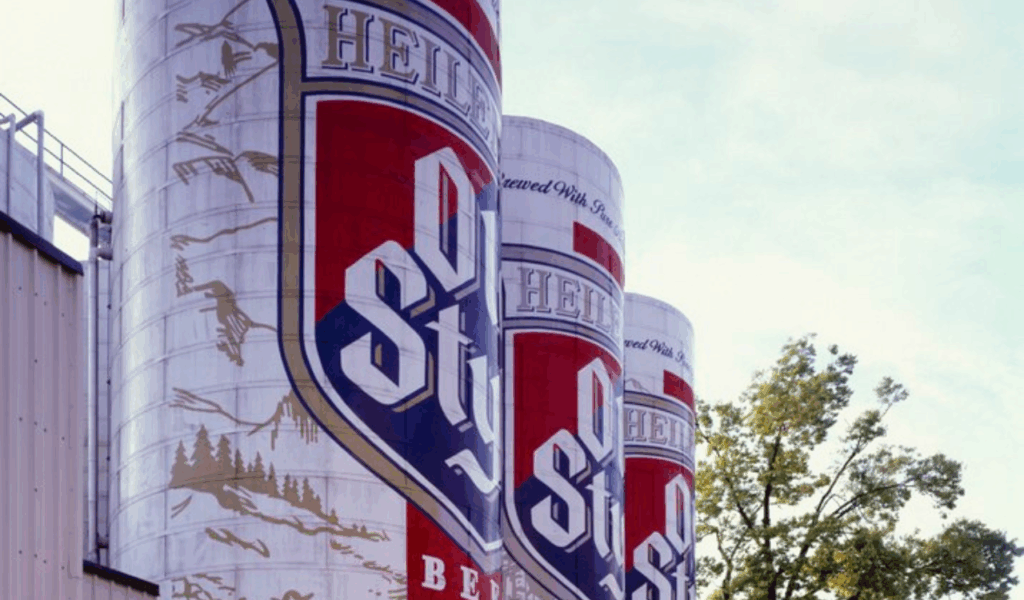
License / Wikimedia Commons: Public Domain/Wikimedia Commons
In the past, the Heileman Brewing Company was in charge of many regional labels. The original company is no longer in business, but its legacy lives on through contract brewing and brand revivals, like City Brewing bringing back Old-Style brewing. When a legacy regional brand is brought back in a new way, it connects younger people with older brewing traditions, especially in the areas where those brands used to mean something. The revival shows that regional beer heritage can be brought back to life even through strategic partnerships.
7. Schlenkerla / Historic Rauchbier (Germany)
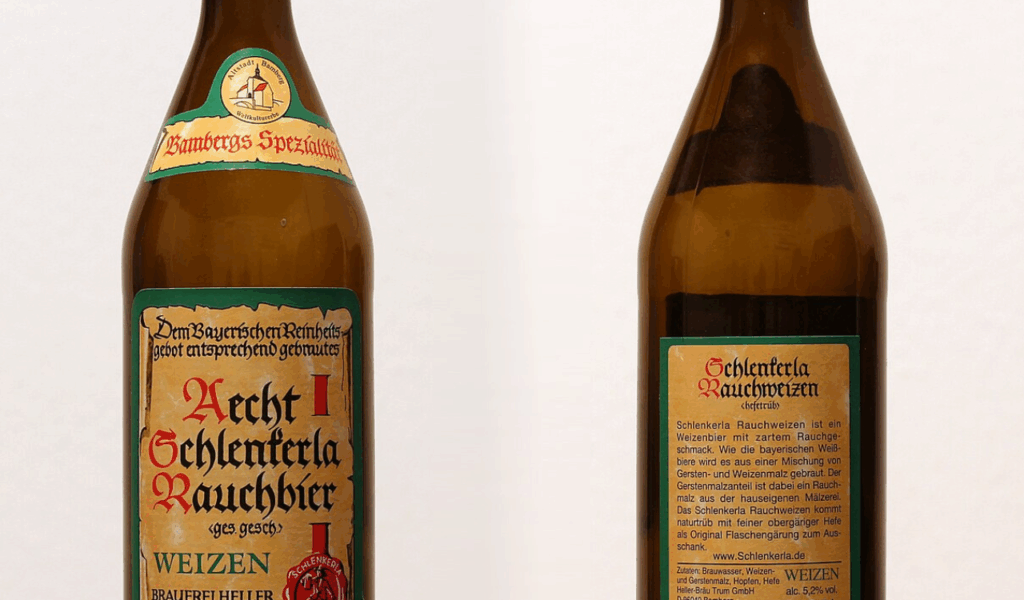
Traditional German regional labels like Schlenkerla (famous for smoked malt/rauhbier) are getting more attention outside of their home region, but they haven’t disappeared. In 2025, beer lovers are rediscovering smoky lagers in markets around the world that used to be dominated by hop-based styles. When a regional specialty beer becomes popular again around the world, it shows how cultural differences (like a village’s tradition of smoking kilns) can become a selling point years later.
8. Traditional Belgian / Walloon Label Resurgences
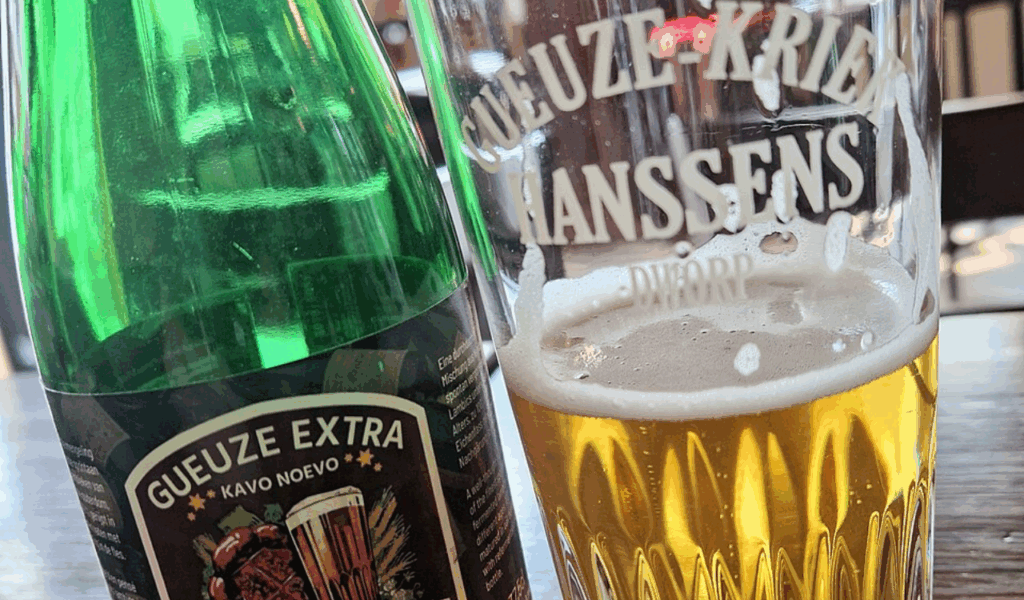
There are a lot of regional beer names in Belgium that are connected to towns, hills, and abbeys. In the past few years and until 2025, a number of smaller regional labels in Wallonia and Flanders have come back in limited releases or through collaborations with microbreweries. Bringing back names that people used to drink (but which faded during consolidation) helps people feel proud of their brewing heritage again. Beer lovers in Belgium and around the world see those labels come back as a sign that beer culture is going back to its roots, not just trying to appeal to a wide audience.
9. Hyperlocal & Microbrew Heritage Names
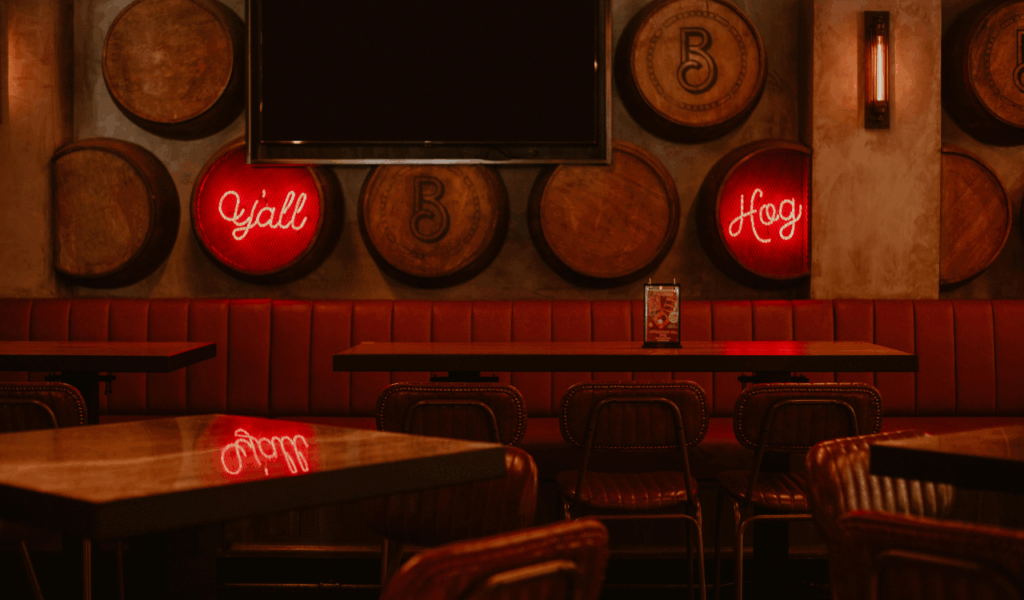
In 2025, small microbreweries around the world are bringing back old local labels, like town beers that have been gone for a long time or historic neighborhood brew names. These comebacks may not be worldwide, but they are very important in their own area. A microbrew might bring back an old beer name from the 1800s and sell it again at local bars or for a short time. These kinds of hyperlocal revivals help people feel more connected to their communities by reminding them that beer comes from very specific places.

